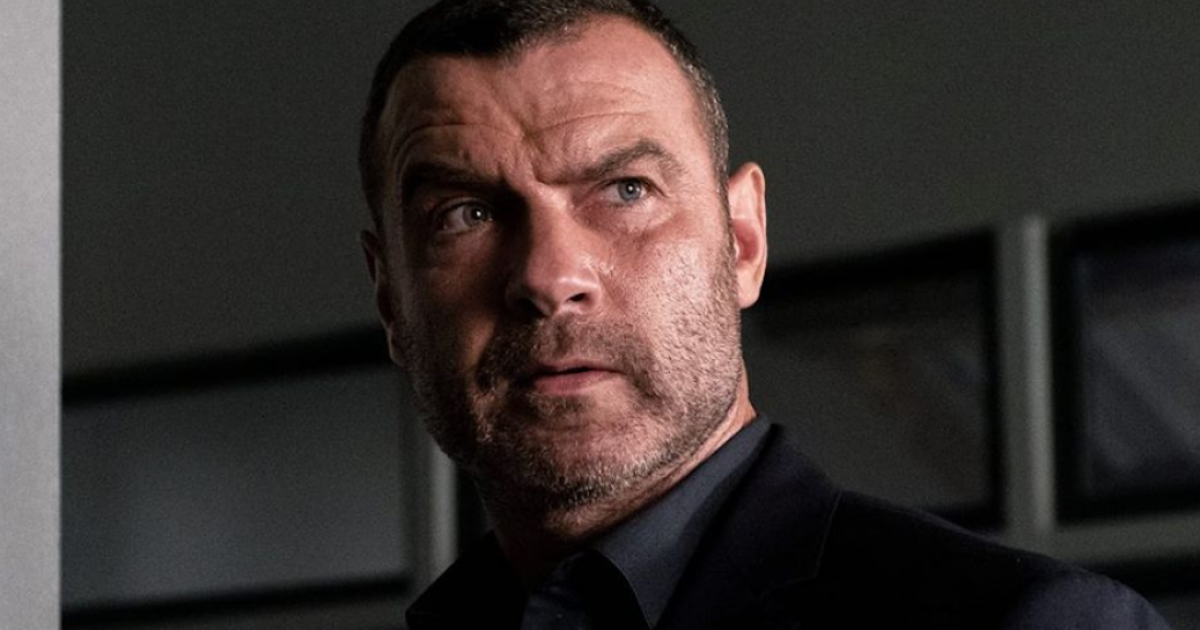It can be difficult to talk about cancer, both for people going through it and their friends and families. But massive Showtime hit “Ray Donovan” is doing just that.
The show has followed several emotional storylines dealing with cancer and grief, including the backstory of character Ray’s mother dying of ovarian cancer, when he was younger, and his wife’s death from breast cancer. But in the latest season the talk has turned to some of the more viscerally dark aspects of the disease — and in ways that may be shocking for some.
Read MoreEmbed from Getty Images He told the therapist that as a 10-year-old boy, he was laying in bed with his mother while she battled the disease and felt too weak to get up. He said that she lost control of her bladder and he had to run down to the kitchen to get a towel.
For people currently dealing with cancer, or have a loved one going through it, such a vivid, emotional scene could be both shocking and a bit uncomfortable. “Ray Donovan” is known for packing on the drama, but the way the series has discussed cancer, while at times shocking, also shines a light on the side effects of the disease that are uncomfortable to talk about.

Even though the Showtime series has had some incredibly emotional storylines that deal with cancer and grief in the past, including one where Ray’s wife, Abby, passes away after a breast cancer battle, this season so far has focused more on how the title character remembers his mom’s experience with the disease. And while ovarian cancer can certainly come with some difficult side effects, it’s important to note that treatment for the disease has come a really long way in the decades since the fictional Ray Donovan would have been a 10-year-old boy.
What’s Changed in the Field of Ovarian Cancer?
For most women with ovarian cancer, the standard of care is to undergo both surgery and chemotherapy — though which they will have first will depend on the individual’s cancer and overall health.
The chemotherapy combination women are typically given today, whether it comes before or after surgery, is generally very effective, according to Dr. Dana Chase, a gynecologic oncologist at Arizona Oncology.
“With ovarian cancer, the standard of care is a very, very effective chemotherapy,” Dr. Chase told SurvivorNet in a previous interview. “Meaning, we give you chemotherapy when you first have your diagnosis of ovarian cancer — [there’s an] 80% chance that you go into remission. So, 80% I consider pretty good for a cancer therapy.”
The standard treatment for ovarian cancer is made up of two drugs working in combination for "initial chemotherapy" Carboplatin and Paclitaxel. These treatments are typically given to a woman through an IV every three to four weeks, according to the American Cancer Society.
With ovarian cancer, there is a next step of treatment referred to as maintenance therapy. These precautionary treatments are meant to keep the cancer in remission for as long as possible, and there’s been some incredible developments in recent years.
Dr. Michael Birrer, a Professor at the University of Alabama Birmingham, explains some methods of ovarian cancer maintenance therapy.
PARP Inhibitors
Right now, PARP inhibitors are the leading form of maintenance therapy, according to Dr. Cassandra Niemi, a gynecologic oncologist at Compass Oncology. PARP inhibitors are an oral medication that can be taken either once or several times every day. This medication works by blocking an enzyme known as PARP used by cells to repair damage to their DNA.
PARP inhibitors are a specific type of targeted therapy that were initially being looked at as maintenance therapy for women with a specific type of genetic mutation called BRCA. However, a very recent clinical trial showed that this type of therapy may help keep recurrences at bay for longer for all women with ovarian cancer.
RELATED: Should All Women With Ovarian Cancer Be Given PARP Inhibitors?
Bevacizumab
This maintenance therapy is taken via IV and is given every few weeks. This medication targets a growth receptor for blood vessels in the body, according to Dr. Niemi.
“It works particularly well on blood vessels that would be feeding tumors,” she said. The drug works by targeting a protein called vascular endothelial growth factor, a critical protein for blood vessel growth.
Currently, there are studies underway looking at whether Bevacizumab and PARP inhibitors can be used together to prevent cancer recurrence, and experts in the field are hopeful that they’ll see some pretty incredible results.
"If I were to give an educated guess, I would say we'll be treating with both agents in the near future," Dr. Michael Birrer, a Professor at the University of Alabama Birmingham, told SurvivorNet in a previous interview about current maintenance therapies.
Learn more about SurvivorNet's rigorous medical review process.


